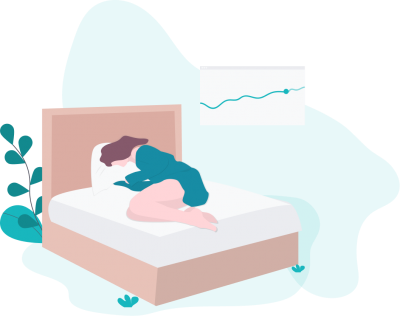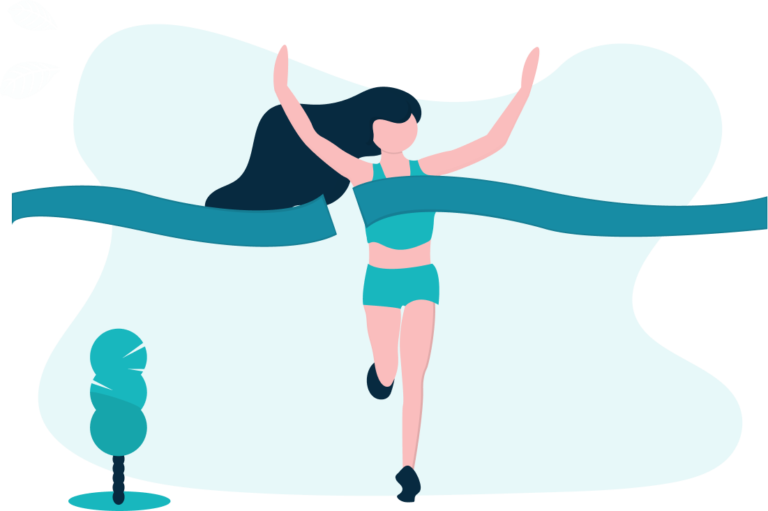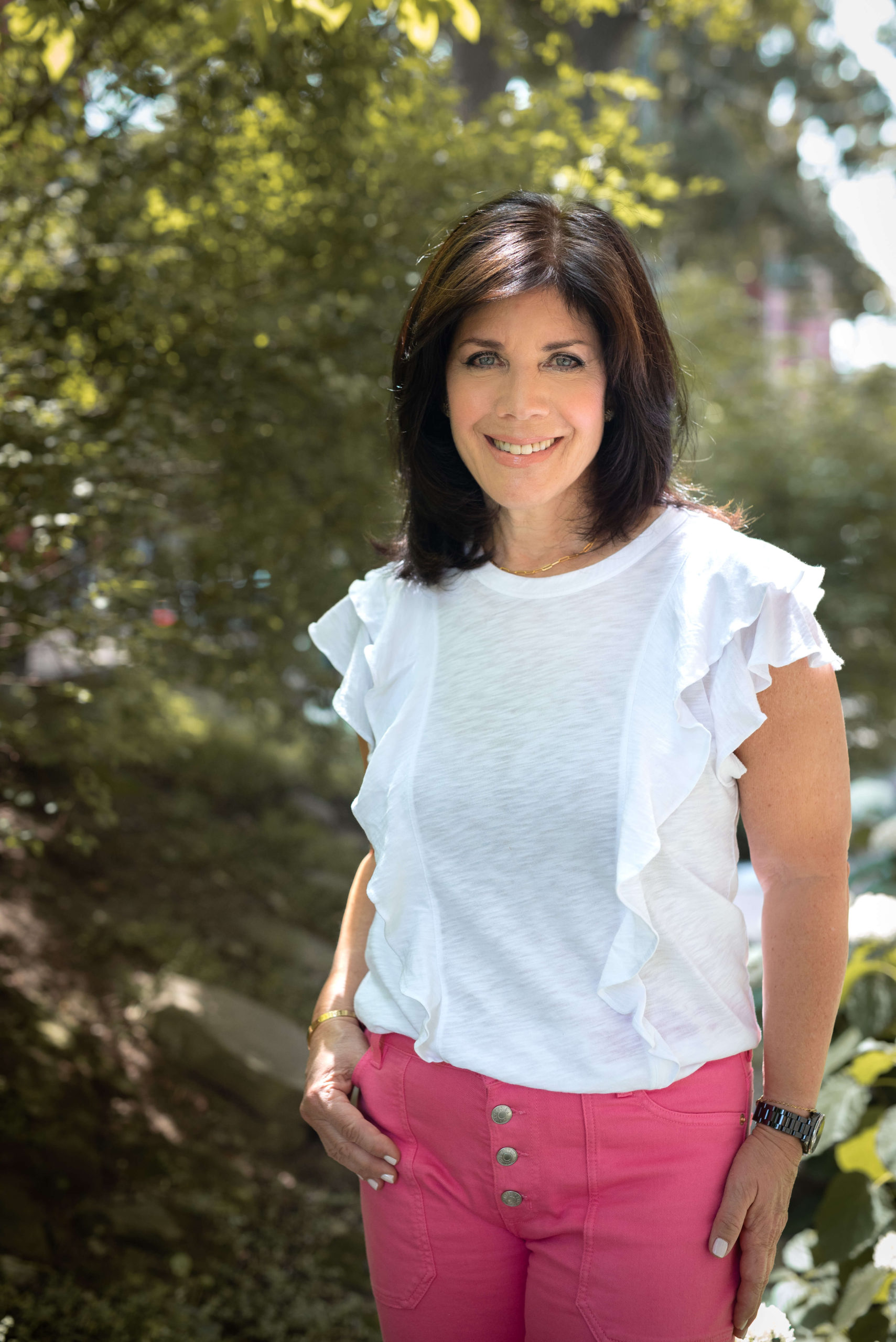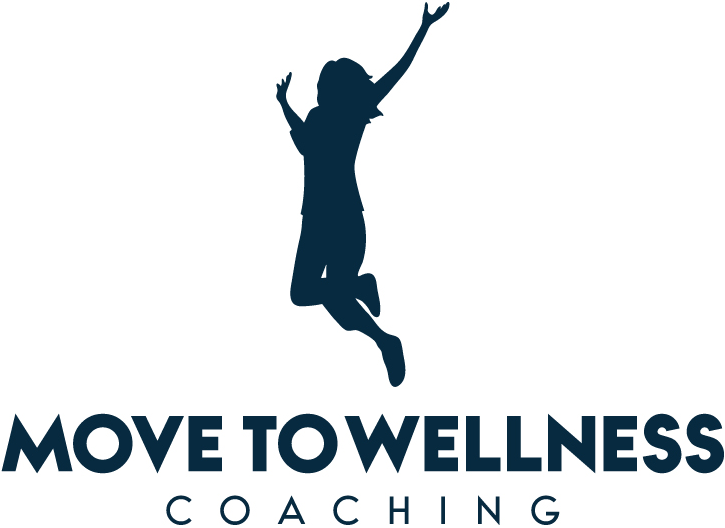ABOUT ME
Marla Plotnick
What began as an annoying overuse injury known as greater trochanteric pain syndrome, escalated into intense low back pain. I didn't understand what was causing the pain, and neither did anyone else.

My pain served as a constant reminder that I needed answers. I sought out “expert” advice. I underwent MRIs, X-rays, ultrasounds, cortisone injections, nerve blocks, prolotherapy, and even PRP (platelet-rich plasma) treatments. And I kept the possibility of surgery firmly rooted in the back of my mind as a last resort.


As time passed, I grew increasingly angry with doctors who either blamed or dismissed me. To make matters worse, the pain interfered with my sleep, and left me in a constant state of exhaustion. My coping skills were depleted, and the uncertainty of it all made me feel I had no control over my life, health or future.

To say it’s hard to break the stress-pain-stress cycle is an understatement. As a trained social worker with experience working with the geriatric population, I have seen the insidious nature of having one's autonomy slip away. Now that I was injured, I feared a similar fate.
Perhaps the worst advice I received was to hold off on any vigorous movement until I felt less pain. When I stopped moving, I only felt worse. Lack of physical activity meant my stress hormones were elevated at all times. I had always been active, yet I began to think of myself as fragile and prone to further injury.

Staying hyper-focused on my symptoms meant they were always on—full blast. It felt like a cruel joke that I was in a situation where movement could make things worse. Until chronic pain happened to me, movement had been my medicine.


One day, I found myself walking briskly uphill, fully engaged in conversation with a friend—sweating and enjoying the summer sun. Although I didn’t connect the dots until later, my pain disappeared for hours. In fact, it only came back the next day, when I went looking for it.

It’s been two years since I changed my pain story.
As it happened, my rock bottom was also my turning point. I had run out of options, energy, and hope, and was considering invasive surgery. That's when something truly incredible happened: a neurosurgeon levelled with me. He told me surgery might provide relief for a while but that I’d likely need further surgery to address instability caused by the initial operation.
I will forever be indebted to this doctor for his honesty. He suggested I go home and live my life, doing what I enjoy.
Despite having no concrete strategies in mind, I felt instantly empowered.

A huge part of my healing process was learning to trust my body again. By changing our beliefs, self-talk, and how we choose to respond to life’s circumstances, we calm down our body chemistry, and ultimately develop a new relationship with pain.



That’s what I did, and it’s now how I help others to heal.
Today, I bring my broad range of experience and credentials across wellness disciplines to my pain care practice.
Marla Plotnick, MSW, PPCC
- Personal and Professional Coaching Certification, Concordia University
- Master of Social Work, McGill University
- YMCA FIT Certified Personal Trainer
- Canfitpro Certified Personal Trainer
- Coaching for fitness and wellness professionals
